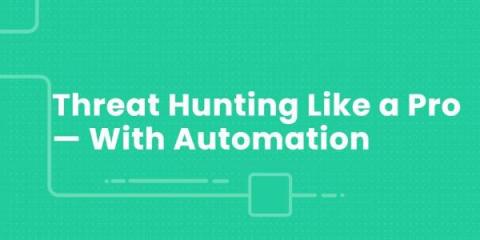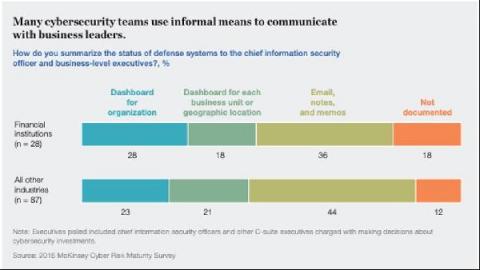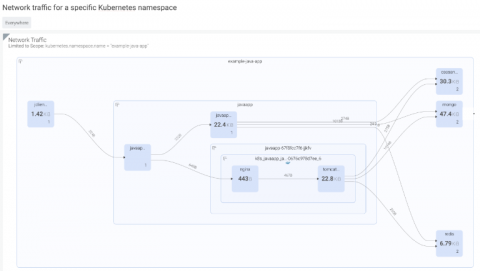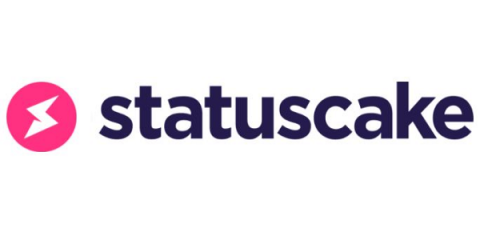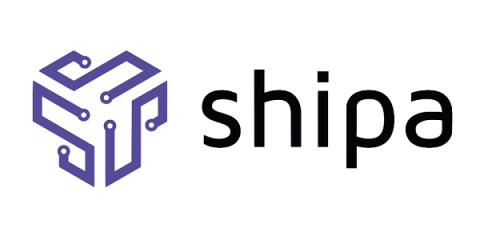Threat Hunting Like a Pro - With Automation
It’s no secret that cyber attacks are on the rise. Not only are they becoming more frequent, but the malicious actors who mount these attacks are constantly improving their skills and evolving the tools in their arsenals. Protecting your organization is challenging at best; especially since we measure the return on investment for cybersecurity as ‘preventing losses’ instead of ‘increasing revenue.’


